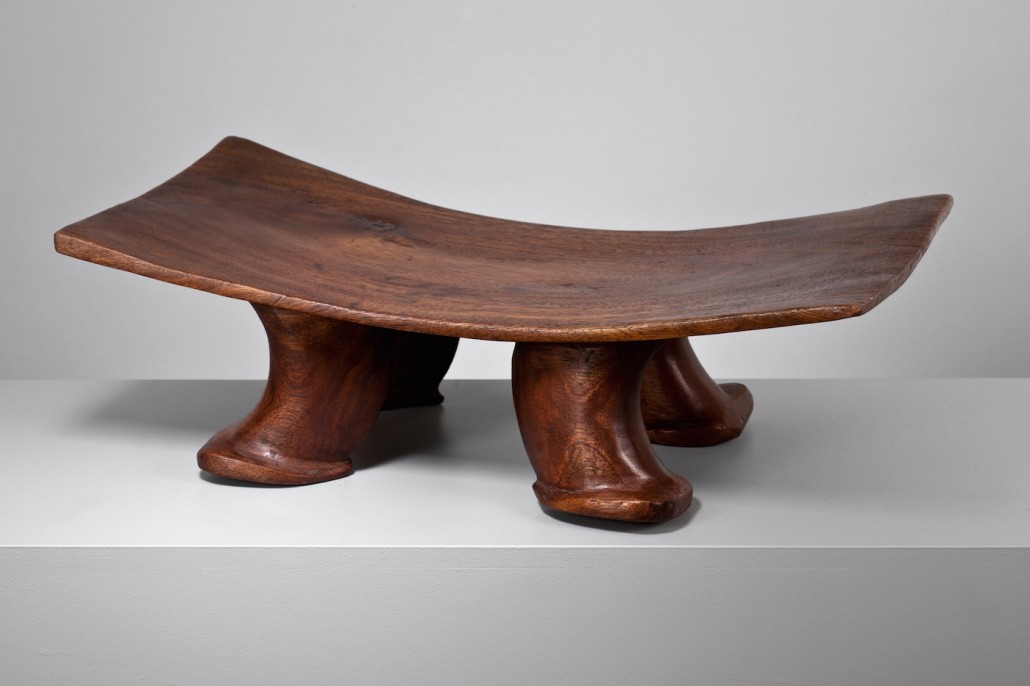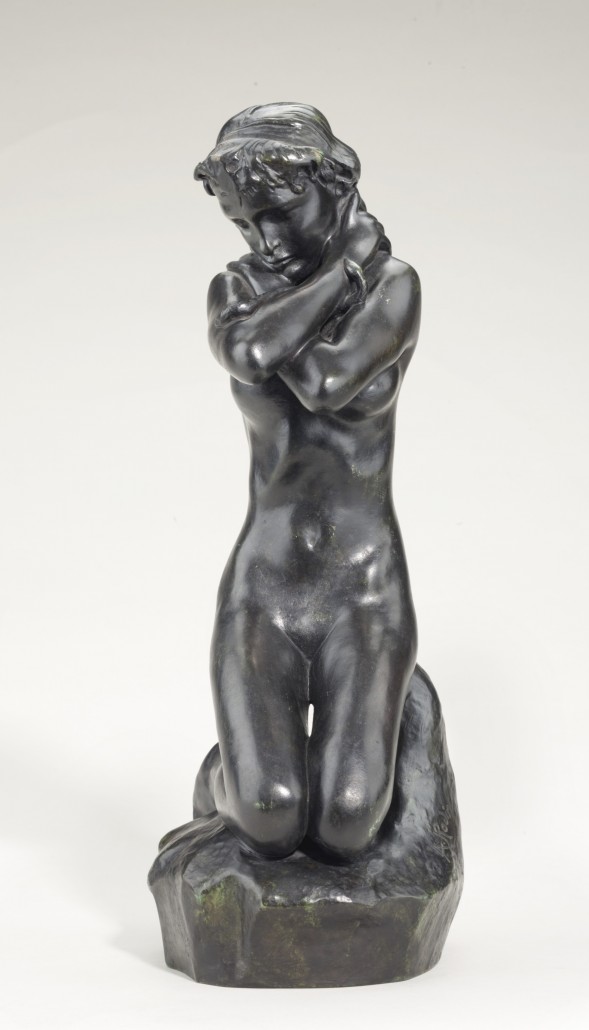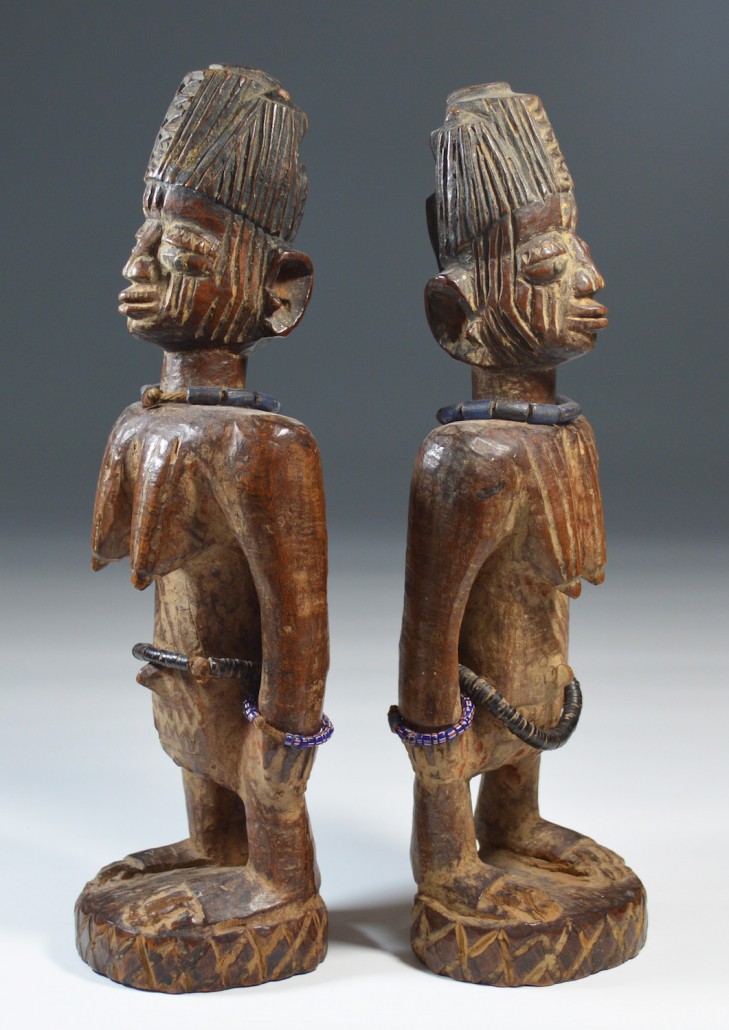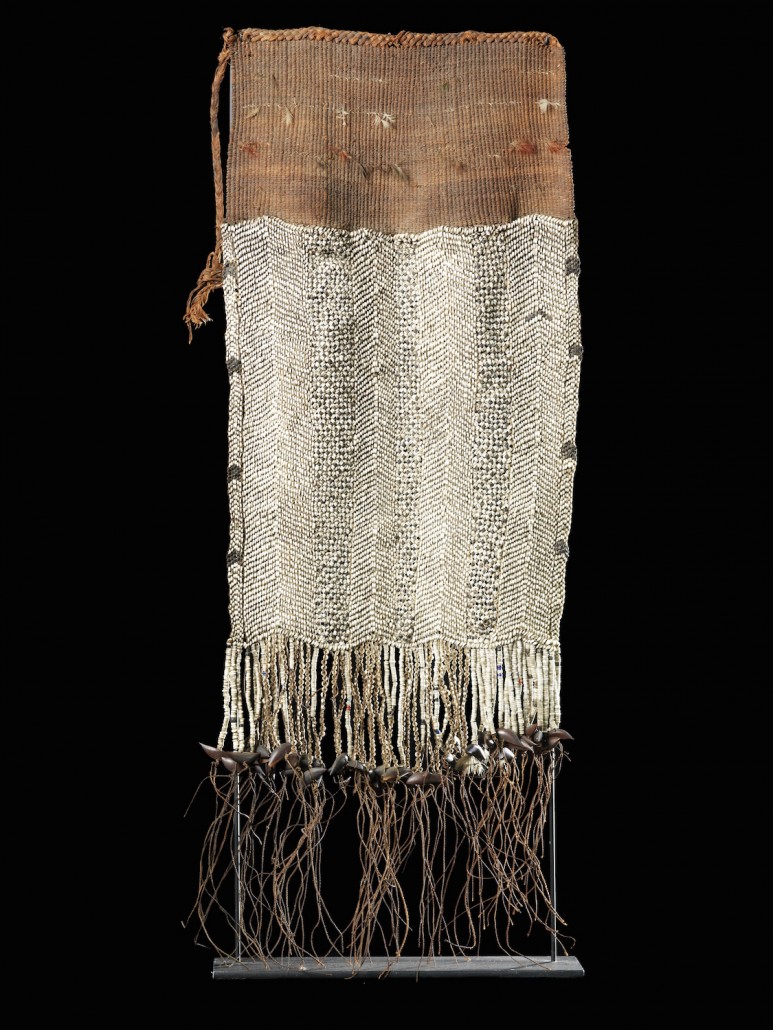
LONDON – A few months ago Auction Central News enjoyed a guided tour of Bonhams’ spanking new auction rooms on London’s New Bond Street, and we were duly impressed.
The building exudes confidence and modernity and imparts an extraordinary sense of space and light despite its location in one of the city’s busiest and most densely built-up shopping districts. Since it opened around 18 months ago, we have heard much of how its architects, Lifschutz Davidson Sandilands, succeeded in producing London’s first purpose-built auction rooms.
The building incorporates ingenious sliding walls and other innovations to allow even vintage automobiles, a category in which Bonhams is a market leader, to be presented for sale. The fact that the building was delivered in just 13 months to allow for the capital’s hugely disruptive Crossrail development project is another cause for admiration. Thus it is not altogether surprising that the project has now won the prestigious Royal Institute of British Architects (RIBA) Award 2015, to add to the RIBA London Award 2015 and the RIBA London Architect Award already in the company’s trophy cabinet. How times have changed since Messrs Jones and Bonham were dispersing “A Valuable Collection of Marqueterie Furniture” from their old wooden rostrum at 410 Oxford St.
The London art market has felt the chill arm of global competition in recent years as one or two market analysts placed China in pole position to take over as the leading global center of art commerce. However, that assessment has since had to be adjusted since nonpayment at auction and other irregularities were exposed in the Chinese auction system. Now there is feverish speculation that China’s sliding stock market could have an impact on the country’s galloping art market. There is a widespread consensus that standards of professional practice will need to improve before China asserts itself as a secure and reliable marketplace.
Here in London, there are signs that confidence in the professional practices of our domestic art market may be improving. The launch of Art Recovery International 12 months ago offers further hope that the provision of due diligence services to the art trade could be more reliable in future after a spate of toxic media coverage revealed the unethical practices of one or two art recovery companies.
On a positive note, this week Art Recovery International was responsible for helping restore a Rodin bronze, stolen from a private collection in Beverly Hills in 1991, to its rightful owner. It was spotted at Christie’s London offices by eagle-eyed Jérôme Le Blay, director and founder of the Comité Rodin in Paris. With the help of Christopher Marinello and his staff at Art Recovery International, the work, titled Young Girl with Serpent, has finally found its way home.

Marinello will be among speakers at a panel discussion on “Professional Risk and Reputation” in the art market at the annual Art Business Conference at the Church House Conference Centre in Westminster on Sept. 3.
It has been a month of musical chairs in the UK museum world. Not long ago we heard that Neil McGregor is to leave the British Museum to lead the Humboldt Forum in Berlin. More recently it was announced that Dr. Penelope Curtis would be departing her post as director of Tate Britain to become head of the prestigious Calouste Gulbenkian Museum in Portugal. This week it was revealed that her replacement as director of Tate Britain will be Alex Farquharson, founding director of Nottingham Contemporary, which opened in 2009. He will take up his new London post in late autumn.

With most of the London art trade away on summer holiday, we are looking ahead to a few of the more interesting exhibitions that will usher in the autumn season. Early September sees the opening of the Tribal Art London Fair at the Mall Galleries (Sept. 2-5). Brussels and Paris have traditionally been the main European centers of this highly specialist market due to their colonial past, but Britain also has many successful dealers in tribal material.
UK-based dealers Kenn MacKay, Sam Handbury-Madin and Sabine & Andresen will all be showing at this year’s fair alongside colleagues from further afield such as Chris Boylan from Sydney and Wayne Heathcote from the United States. The art trade is arguably more mobile today than ever, and so London’s Tribal Art Fair promises much, with a broad range of material including North American Indian, South African, Oceanic, Aboriginal, Polynesian and African objects on display.
Given modernism’s debt to “the primitive,” it is not surprising that the more enlightened and educated art dealers see tribal art as a natural partner to their own contemporary art offerings. Typical of the kind of objects to be shown at the fair are a fine, rare Cook’s Island Chieftain’s stool, circa 1820-1860, offered by Kapil Jariwala Gallery at £7,500 ($11,700); a rare pair of early 20th-century Yoruba Ibeji figures from the Oyo Llorin region, provenanced to a U.S. collection, to be offered by Kenn MacKay at £1,450 ($2,265); and an Admiralty Islands dance skirt fashioned from beads made out of snail shells, which were considered to be of great value and thus worn only at special ceremonies. This is to be shown by Galerie Lemaire from Amsterdam and is priced at €5,500 ($6,050).


It may be a little way off, but now seems as good a moment as any to give advance notice of the forthcoming birthday celebrations that will accompany the next Decorative Antiques and Textiles Fair in Battersea Park from Sept. 29 to Oct. 4. This year the fair marks its 30th birthday and doubtless the champagne corks will be popping for what is still widely regarded as a fair with a difference.
Habitués of London’s annual merry-go-round of fine art and antiques fairs will testify to a certain debilitating “fair fatigue” that sets in after one has traipsed around aisle after aisle of brown furniture, endless walls of gilt-framed English landscapes and cabinet upon cabinet heaving with silver, ceramics and glass. We love them all, of course, but the “Dec Fair,” as it is known to regulars, is an altogether different beast, both in atmosphere and the range of material on sale. As longtime exhibitor, Arundel dealer Spencer Swaffer puts it, “Cheerfulness shines out of the Battersea fair and makes it such a joy to visit. Anywhere that allows dogs clearly has its heart in the right place.”


Here you can sort yourself out with a wide range of extraordinary things for the home that you would be unlikely to find even at most traditional antique shops. Not only will you be buying great individuality of style, but you’ll pay a fraction of what it would cost you on the high street. We’ll have more to say about the ‘Dec Fair’ as its birthday draws nearer, but for the time being stick the date in your diary and put a little cash aside to snap up a few things that will be sure to impress your friends and dinner guests. It will soon be Christmas.
___
By TOM FLYNN




